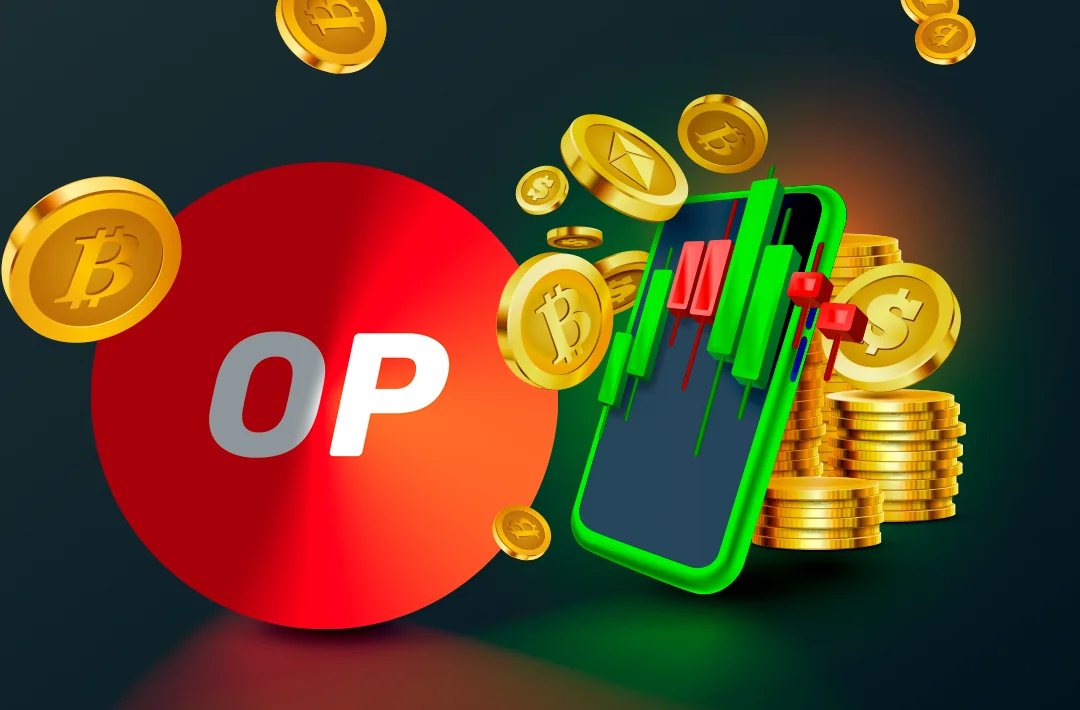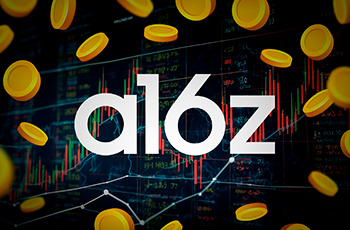Пользователи Optimism смогут выводить средства без участия третьих лиц
Для этого команда блокчейна внедрила инструмент проверки ошибок в смарт-контракты

11.06.2024 - 11:45
618
4 мин
0
Последнее обновление: 9 авг. 2024 г.
Что произошло? Разработчики сети второго уровня (L2) Optimism на базе блокчейна Ethereum внедрили систему Fault Proofs (доказательства ошибок) в смарт-контракты. Теперь пользователи сети могут инициировать вывод средств в ETH или токенах стандарта ERC-20 «без участия каких-либо доверенных третьих лиц».
Что еще известно? Кроме того, попытка обработки недействительного вывода средств может быть оспорена и отозвана любым пользователем, который предоставит соответствующее доказательство.
Вместе с внедрением новой системы процесс подтверждения вывода средств по умолчанию осуществляется пользователями, а не командой Optimism, и этот процесс может быть отменен только путем голосования совета безопасности Optimism Security Council.
Вместе с тем успешное оспаривание пользователем невалидной транзакции также может быть отменено советом, для этого ему надо собрать шесть из восьми голосов.
Новая система обнаружения неисправностей, получившая название Cannon, была разработана при участии команд нескольких проектов, включая OP Labs, Base и Sunnyside Labs. Предложение о внедрении изменений было одобрено сообществами Token House и Citizens' House внутри экосистемы Optimism.

СМИ: Венчурный фонд a16z купил токены управления Optimism на 90 млн долларов
В рамках сделки монеты OP будут заблокированы для продажи в течение двух лет
В будущем помимо Cannon в сети появятся и другие инструменты проверки, гарантирующие подтверждение только валидных транзакций.
Кроме того, этот инструмент намерены внедрить команды других L2-сетей, построенных на базе OP Stack, в их числе Base, Metal, Mode и Zora.
Команда Optimism описывает внедрение новой системы как первый этап к достижению полной децентрализации. Это является отсылкой к концепции сооснователя Ethereum Виталика Бутерина, согласно которой L2-сетям необходимо пройти два этапа для решения проблем с централизацией.
Так, некоторые L2-сети многократно сталкивались с критикой из-за приостановки вывода средств или цензуры транзакций, которые подразумевают наличие централизованного управляющего органа.
Полезный материал?
Рынки
Иницатива XRPL Labs призвана снизить барьер для более широкого внедрения блокчейна
3 дек. 2024 г.
Рынки
По словам экспертов, из-за недостатка ликвидности доходность сможет продемонстрировать лишь небольшое количество проектов
3 дек. 2024 г.
Рынки
По словам Майкла Сэйлора, этот шаг позволит увеличить стоимость корпорации на 4,9 трлн долларов к 2034 году
2 дек. 2024 г.
Происшествия
Платформа начала процесс банкротства в июле 2022 года
28 нояб. 2024 г.
Происшествия
Смарт-контракты криптомикшера не имеют ключа администратора, поэтому не могут-кем-либо контролироваться и не считаются собственностью
27 нояб. 2024 г.
Рынки
По мнению политика, это позволит побороть повсеместную коррупцию за счет обеспечения прозрачности и подотчетности бюджетных средств
26 нояб. 2024 г.








